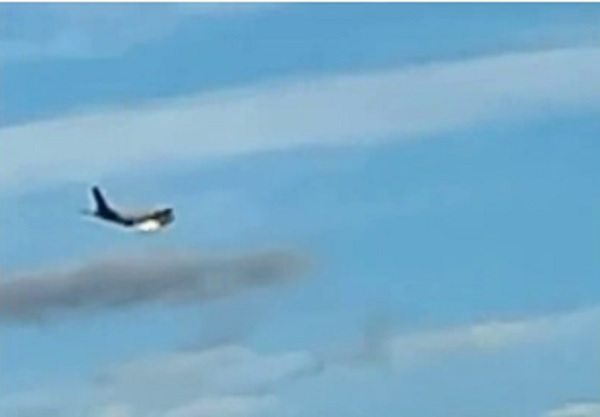NASA astronauts Barry “Butch” Wilmore and Sunita “Suni” Williams have successfully returned to Earth aboard SpaceX’s Crew Dragon capsule, marking the end of a mission that lasted far longer than originally planned. The duo, who initially embarked on an eight-day test flight, ended up staying aboard the International Space Station (ISS) for nine months due to unforeseen technical challenges with their original spacecraft.
A Mission That Went Beyond Expectations
Wilmore and Williams launched in June 2024 aboard Boeing’s Starliner spacecraft. However, shortly after docking with the ISS, the Starliner experienced significant propulsion system malfunctions. Despite months of troubleshooting, NASA deemed the spacecraft unsafe for re-entry, forcing mission planners to explore alternative options to bring the astronauts back home. During their extended stay, the astronauts fully integrated into ISS operations, participating in over 150 scientific experiments and conducting routine station maintenance. Williams also set a record with 62 hours of extravehicular activity.
A Safe Return Aboard SpaceX’s Crew Dragon
Given the technical issues with Starliner, NASA arranged for Wilmore and Williams to return aboard SpaceX’s Crew Dragon capsule, “Freedom.” Alongside them were NASA astronaut Nick Hague and Russian cosmonaut Aleksandr Gorbunov. The spacecraft undocked from the ISS at 1:05 a.m. Eastern Time on March 18, 2025, and re-entered Earth’s atmosphere before safely splashing down in the Atlantic Ocean off the Florida coast at 5:57 p.m. Eastern Time.
One of the more memorable moments of the return was an unexpected encounter with a pod of dolphins, which circled the floating capsule shortly after splashdown, adding a unique and symbolic touch to the mission’s conclusion.
Recovery and Post-Mission Evaluations
Following splashdown, SpaceX’s recovery teams retrieved the capsule and assisted the astronauts with initial medical evaluations. They were then transported to NASA’s Johnson Space Center in Houston for a thorough debriefing and reunions with their families.
This mission underscores the complexities of human spaceflight and the unpredictable challenges that astronauts may face while in orbit. The successful return of Wilmore and Williams highlights the importance of collaboration between NASA and private aerospace companies such as SpaceX, as well as the need for multiple contingency plans in future missions.
The Future of Spaceflight
As NASA continues working toward long-term lunar and Mars exploration goals, missions like these provide valuable lessons for developing safer and more reliable spacecraft. Boeing’s Starliner program will undergo further evaluation and testing to address the propulsion issues before future crewed missions are planned. Meanwhile, SpaceX’s Crew Dragon remains a crucial asset in NASA’s ongoing efforts to maintain a sustainable human presence in space.
The return of Wilmore and Williams serves as a testament to human resilience and the evolving landscape of space exploration. Their extended mission may not have been planned, but it has contributed significantly to our understanding of life aboard the ISS and the challenges of deep-space travel.





